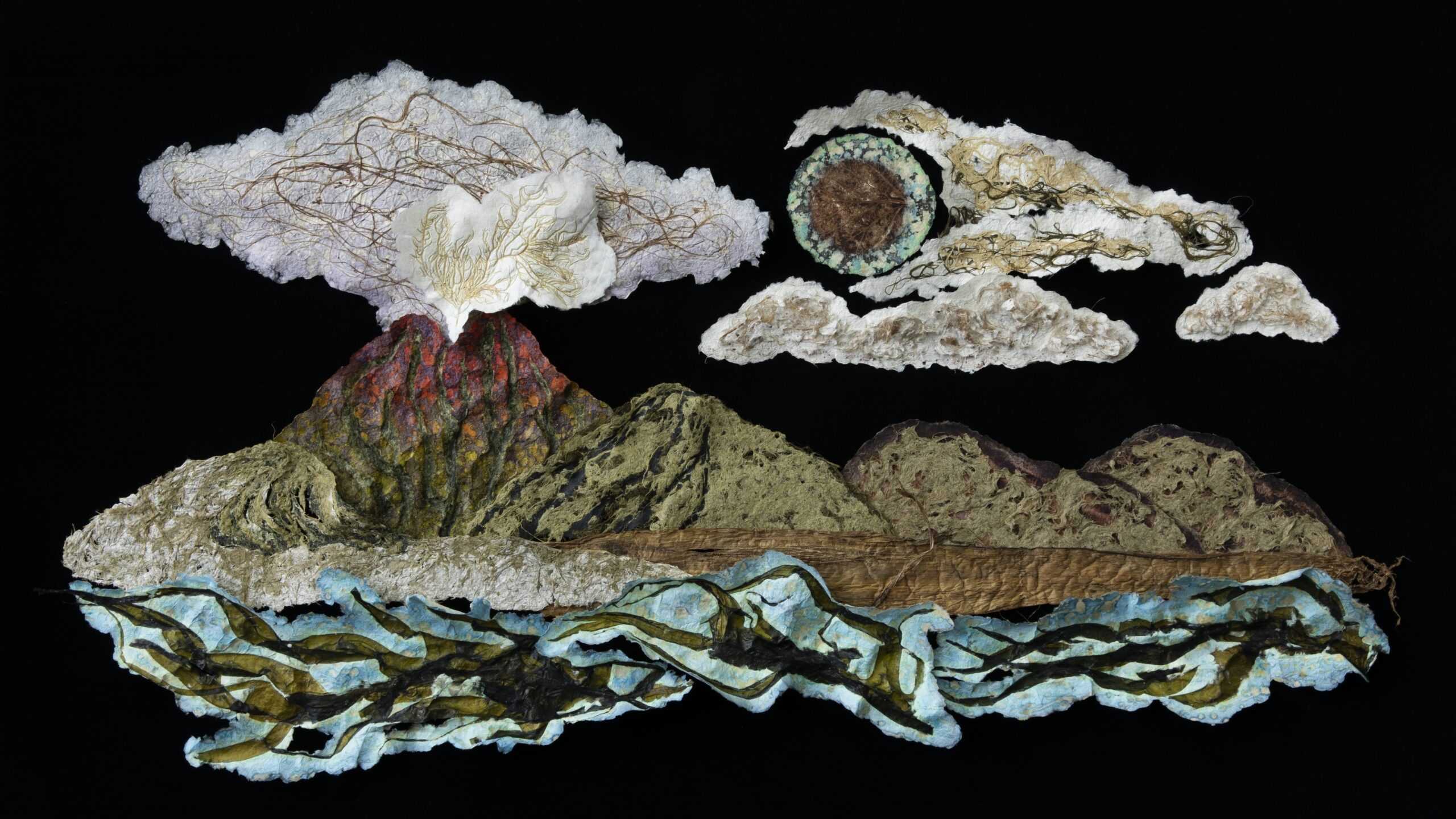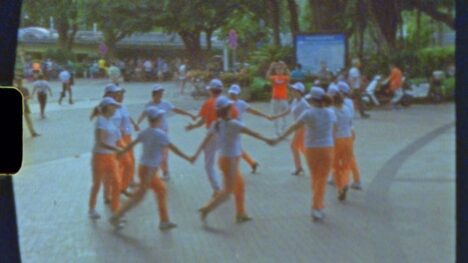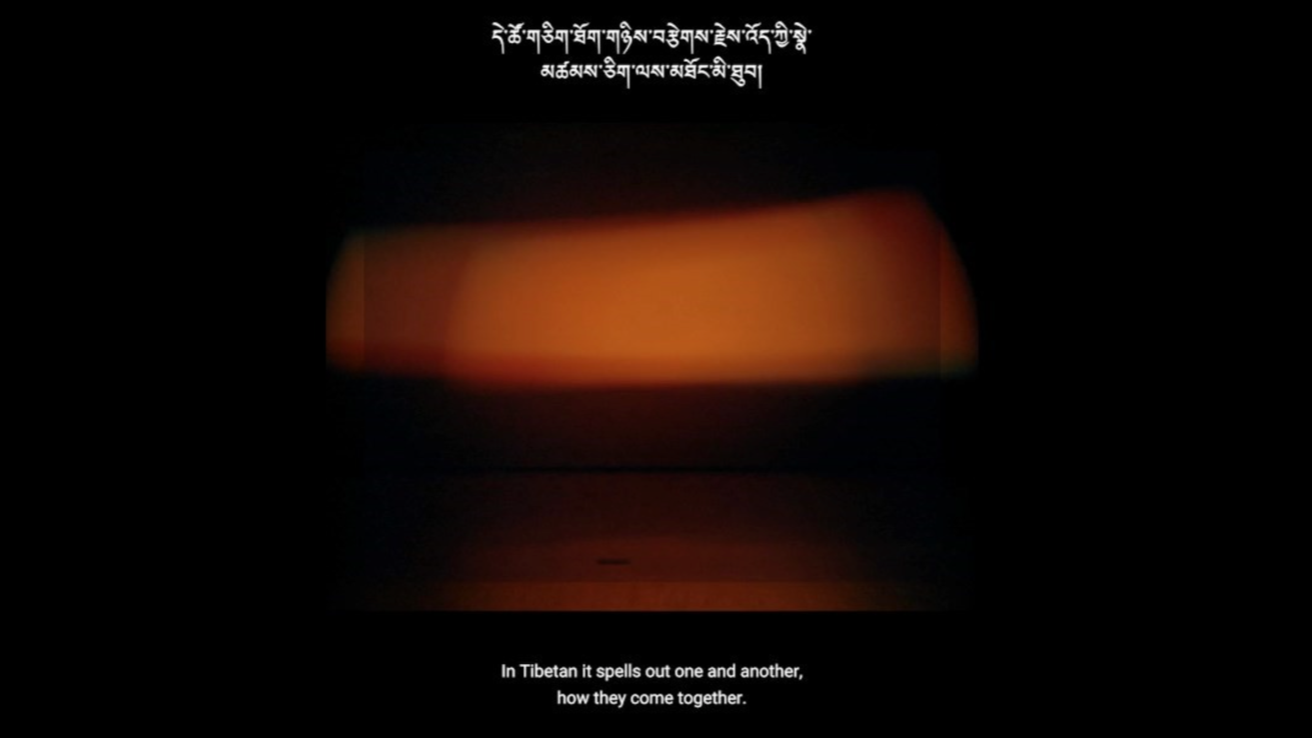Critical habitats is a term that refers to the fragile ecosystems that endangered species rely upon to survive. Beyond its origins in the environmental sciences, the literary theorist Emily Apter has used it to describe ecologically-informed aesthetic practices that explore ‘the links between territorial habitat and intellectual habitus; between physical space and ideological forcefield, between economy and ecology.’ For Apter, these geo-poetic investigations provide a means of ‘denaturalising’ the illusion of friction-free globalism by providing a ‘grounded’ critical representation of specific sites of political, social and ecological struggle.
This year’s Asymmetry Lecture series features a number of artists who engage with this conceptual framework in their practice, drawing attention to the politics of land, histories of labour and migration, environmental degradation and cultural displacement. Each of the invited artists have produced work in a variety of media, based on sustained periods of research and fieldwork into geographically diverse sites; including a wild horse nature reserve in the Chilcotin Plateau of British Columbia, infrastructural ruins in the former Manchuria, a sugar plantation on the island of Negros in the Philippines, and a floating Chinese restaurant off the coast of Stockholm.
The invited artists will speak on a variety of themes, including the logistical challenges of gaining access to specific sites, collaborating with local governments and communities, and reflect on issues of translation, authenticity, ethnography and site-specificity.
The Asymmetry Distinguished lecture series is convened by Dr Wenny Teo, Senior Lecturer in Modern and Contemporary Asian Art at The Courtauld, and Michèle Ruo-Yi Landolt, Director of Asymmetry.









